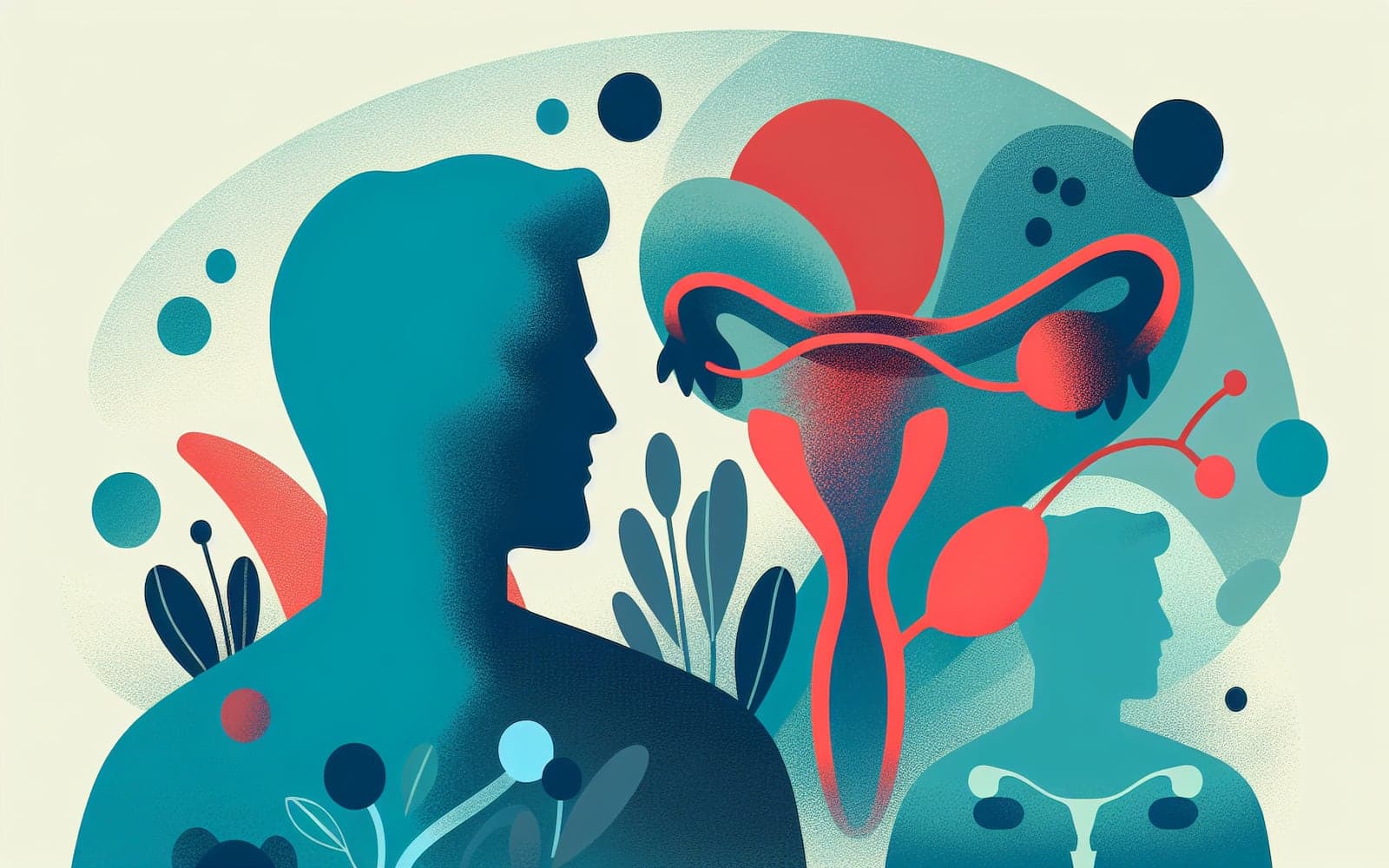Chronic Prostatitis/Chronic Pelvic Pain Syndrome: What Is It and Why Does It Matter?
Published: Jun 21, 2024
Chronic Prostatitis/Chronic Pelvic Pain Syndrome (CP/CPPS) is a complex and often misunderstood condition affecting many men. Despite its name, it's not always clear if the prostate is actually involved.
Contents
Symptoms and Diagnosis
The hallmark of CP/CPPS is pain in the pelvic area, which can include the perineum, testicles, and penis. Many men also experience urinary problems or pain during ejaculation. Diagnosis is tricky, as it's based on ruling out other conditions. Your doctor will likely perform a physical exam and order urine tests to exclude infections.
Causes and Risk Factors
The exact cause of CP/CPPS remains a mystery. While inflammation of the prostate was once thought to be the culprit, recent research suggests that muscle tension in the pelvic floor may play a significant role. Stress and anxiety are also common in men with CP/CPPS and may contribute to symptoms.

Treatment Options
Treatment for CP/CPPS often involves a combination of approaches. Medications like alpha-blockers and anti-inflammatories are commonly used. Physical therapy targeting the pelvic floor muscles can be helpful for many men. Some patients find relief through cognitive behavioral therapy or acupuncture. It's important to work with your doctor to find the right treatment plan for you.
Frequently Asked Questions
No, CP/CPPS is not caused by a bacterial infection.
It affects 2-10% of adult men worldwide.
Yes, it can cause pain during ejaculation and erectile dysfunction.
Living with CP/CPPS
While CP/CPPS can be challenging, many men find relief with proper treatment and management strategies.
References
- Pontari MA, Ruggieri MR. Mechanisms in prostatitis/chronic pelvic pain syndrome. J Urol 2004; 172:839.
- Krieger JN, Riley DE, Cheah PY, et al. Epidemiology of prostatitis: new evidence for a world-wide problem. World J Urol 2003; 21:70.
- Anderson RU, Wise D, Sawyer T, Chan C. Integration of myofascial trigger point release and paradoxical relaxation training treatment of chronic pelvic pain in men. J Urol 2005; 174:155.
This article has been reviewed for accuracy by one of the licensed medical doctors working for Doctronic. Always discuss health information with your healthcare provider.
AI Doctor Visit Required
Appointments available 24/7
15-min consultation. No hidden costs.
AI Doctor Visit Required
For safety reasons we have been forced to end this consultation.
If you believe this is a medical emergency please call 911 or your local emergency services immediately.
If you are experiencing emotional distress, please call the the Suicide & Crisis Lifeline at 988 or your local crisis services immediately.
Contact us
You can also email us at help@doctronic.ai
We aim to reply within 5-7 days
How likely are you to recommend Doctronic to friends or family?


